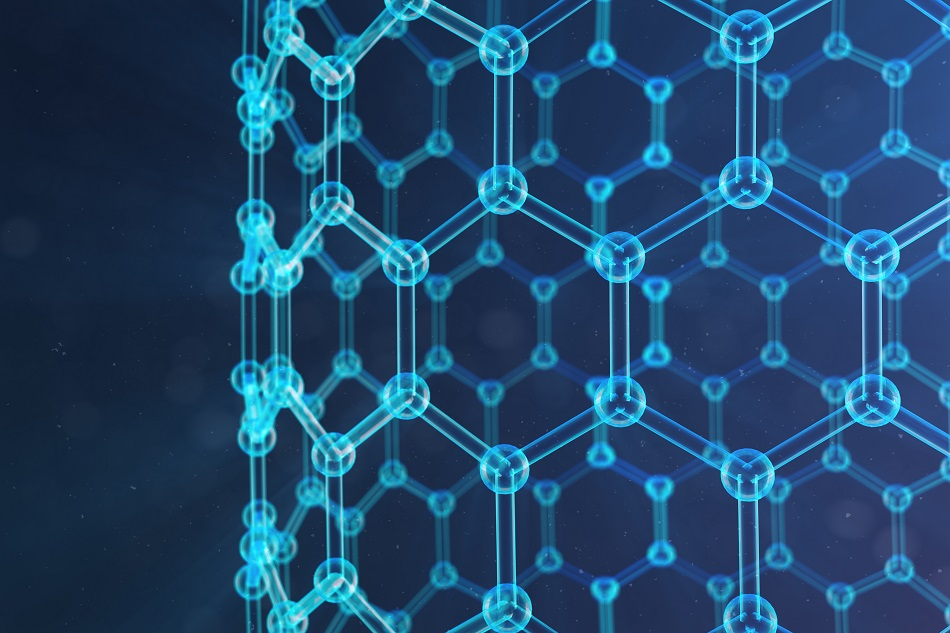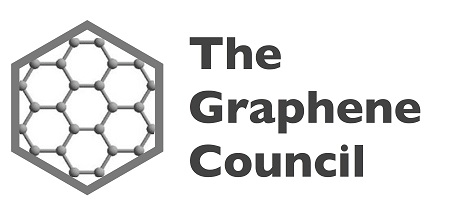
Image Credit: Rost9/Shutterstock.com
Graphene is a single atomic layer of carbon, carbon is the 15th most abundant element in the Earth's crust, and the fourth most abundant element in the universe by mass.
This is after hydrogen, helium, and oxygen. In the human body, carbon is the second most abundant element by mass after oxygen, at approximately 18.5 percent. Graphene is distinct from inorganic materials due to the fact carbon is present in all organic structures.
There are several properties that carbon possesses that enable it to be the common element to all known life. These properties range from its abundance and its unique diversity of organic compounds to its special ability to form polymers at the temperatures typically present on Earth.
Additionally, carbon atoms are able to make numerous kinds of crystal structures that all differ in their properties due to the way they bind to each other. In typical binding behavior, the same kind of molecular orbitals bind to each other, specifically s-orbitals to other s-orbitals and p-orbitals to other p-orbitals. Instead, carbon binds through hybridization of orbitals, termed “sp2-bonded carbon” when describing graphene. In this formula, one s-orbital is bound to two p-orbitals.
For a carbon material with one double bond and two single bonds, the orbitals will become 33.3 percent "s" and 66.7 percent "p", making graphene "sp2." This means that all graphene sheets are identical and their properties are reproducible. Graphene holds an advantage over its older cousin, carbon nanotubes, (CNTs) because of this sp2 bonding.
Ideally, the carbon atoms that make up nanotubes should be arranged in a hexagonal network so that each carbon atom is bonded to three other carbon atoms, consequently making an sp2 bond. But, this is only possible when the nanotubes are perfect and when they are of uniform diameter.
However, in reality, there are defects in nanotubes that lead to sp3 bonding. Furthermore, nanotubes are not flat and as a result, they cannot be accurately modeled with sp2 bond characters. CNTs have suffered a number of issues because of this fact, from lack of control over their physical and chemical properties, and difficulties in scalability, to high production and purification costs that limit the range of their applications. However, as CNT production quality and volumes improve, these issues are being addressed alongside graphene’s development.

This information has been sourced, reviewed and adapted from materials provided by The Graphene Council.
For more information on this source, please visit The Graphene Council.